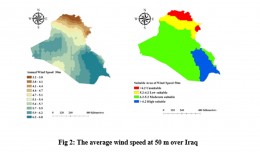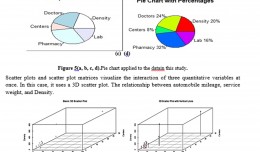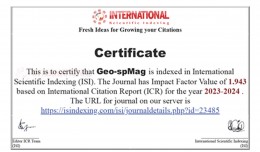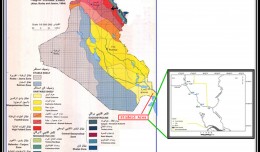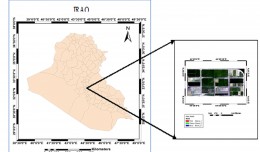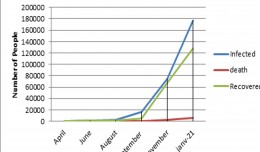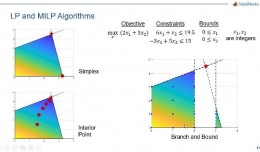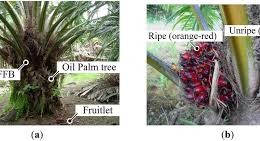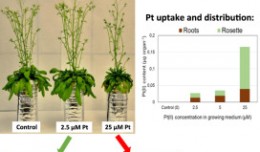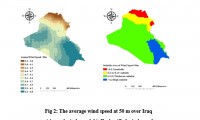Study the characteristics and nature of the Indian dates tree. Tamarindus Indica L
In the southwestern region
(Jizan and Asir)
Corresponding Author
Mosaed Saeed Ali Alhader
King Abdulaziz City for Science and Technology
General Directorate of Research Grants
Professor / Assistant present
Key words: Seed germination, Tamarindus indica L
Running Title: Seedlings performance of Tamarindus indica L.
introduction
The Indian dates trees L. Tamarindus Indica are normal in the southwest of the Kingdom of these species threatened with extinction, as there is a gradual decrease in their numbers and are scattered in small groups or in the form of isolated plants. It should be preserved in its natural spread places to maintain biological diversity in those areas.
Introduction
Tamarindusindica L., a tree belongs to the family Fabaceae, sub-family Caesalpiniaceae (Lewis et al., 2005). It belongs to a monotypic genus, containing one species, T. indica(El-Siddiget al., 2006). The tree is15-20 m high, with hemispheric crown and rugose grayish trunk (Avilánet al., 1992). The tree is native to tropical Africa (Morton, 1987, Grolier et al., 1998) and it is widely cultivated at present in tropical and subtropical regions due to the nutritional value of its fruits for humans and its foliage for animals, as well as for the beauty of its parts, that grant it the category of ornamental and shade tree (De Oliveira, 2006).The wood is hard and useful as fuel and for cabinetwork (Dalla, 1993). The principal product of T. indica is the pulp which is used as an ingredient in cooking and juices contains sugars, organic acids and vitamins (NAS, 1979). The drink made from tamarind is particularly popular among Muslims during the period of fasting (Onuora and Usman, 2004), probably due to its laxative properties. Seeds, leaves, and flowers are also used in human nutrition, and various products of the species have pharmaceutical properties (De Caluweet al. 2010). However, T.indicaseeds do not germinate when placed under conditions which are normally regarded as favorable for germination and it may need some special treatments that induce germination. Seed dormancy is regarded as the failure of an intact viable seed to complete germination under favorable conditions and it has been the subject of numerous studies. Germination incorporates those events that commence with the uptake of water by the quiescent dry seed and terminate with the elongation of the embryonic axis (Bewley and Black 1994). The visible sign that germination is complete is usually the penetration of the structure surrounding the embryo by the radicle, the result is often called visible germination.
 English
English  Français
Français  العربية
العربية 





